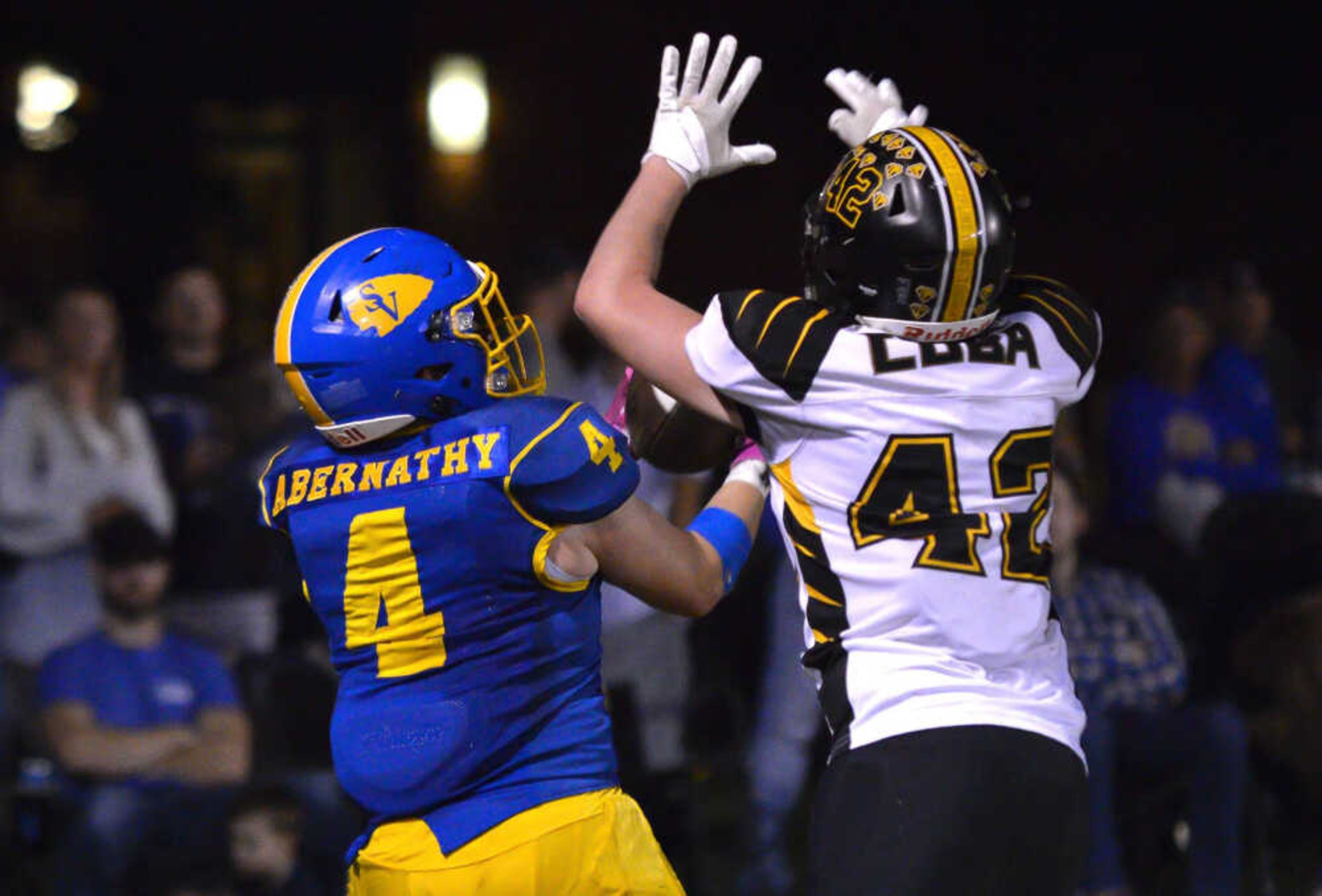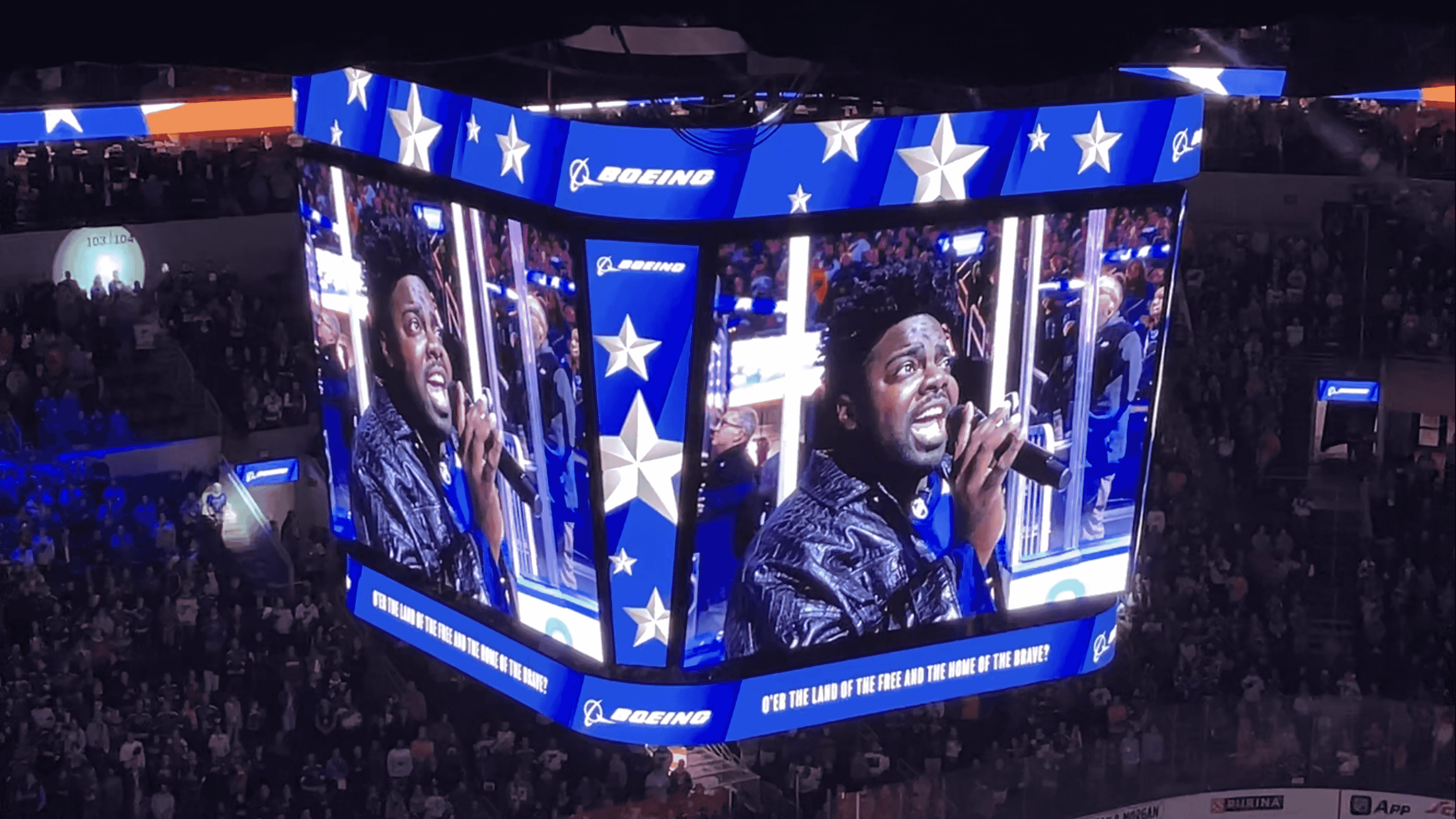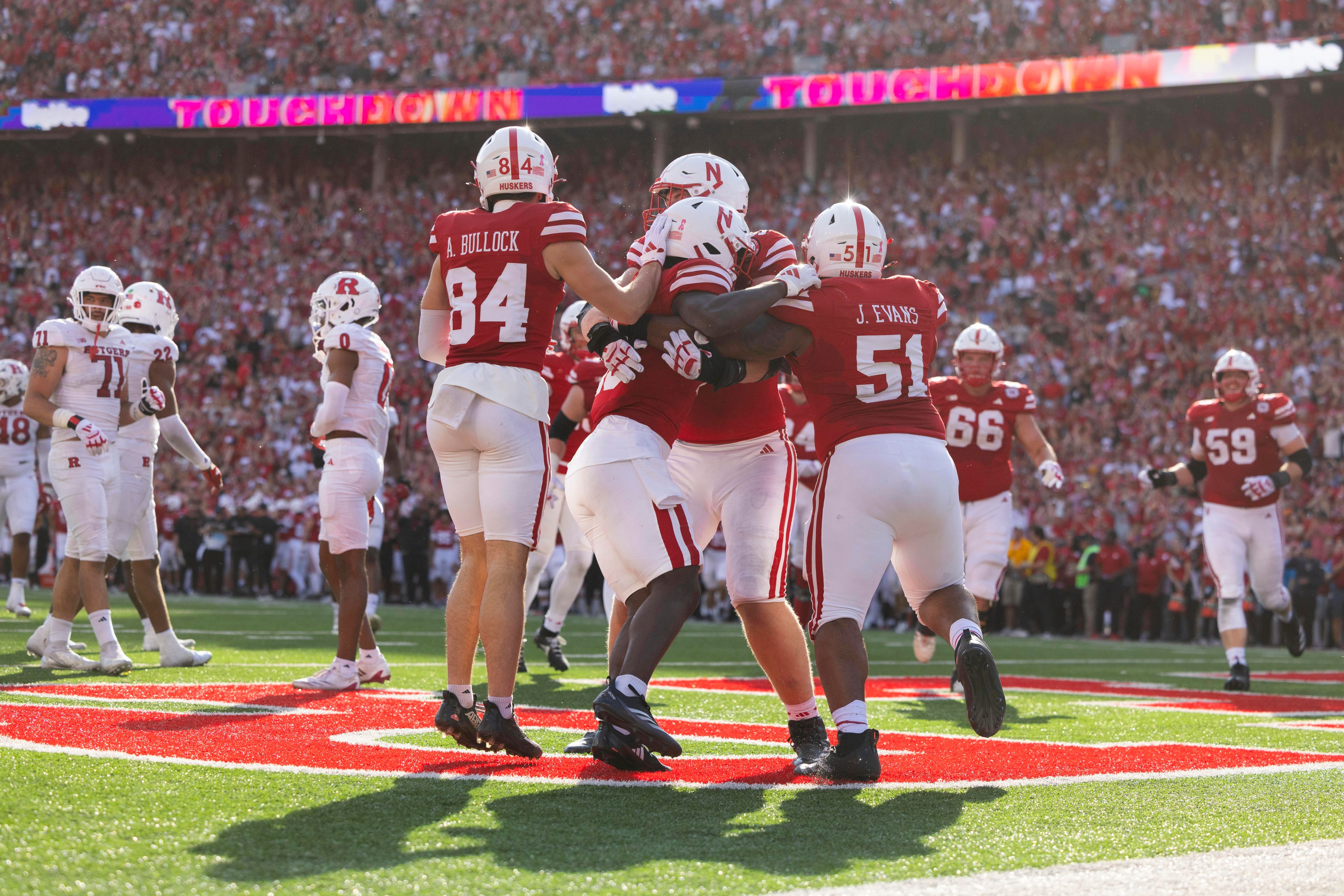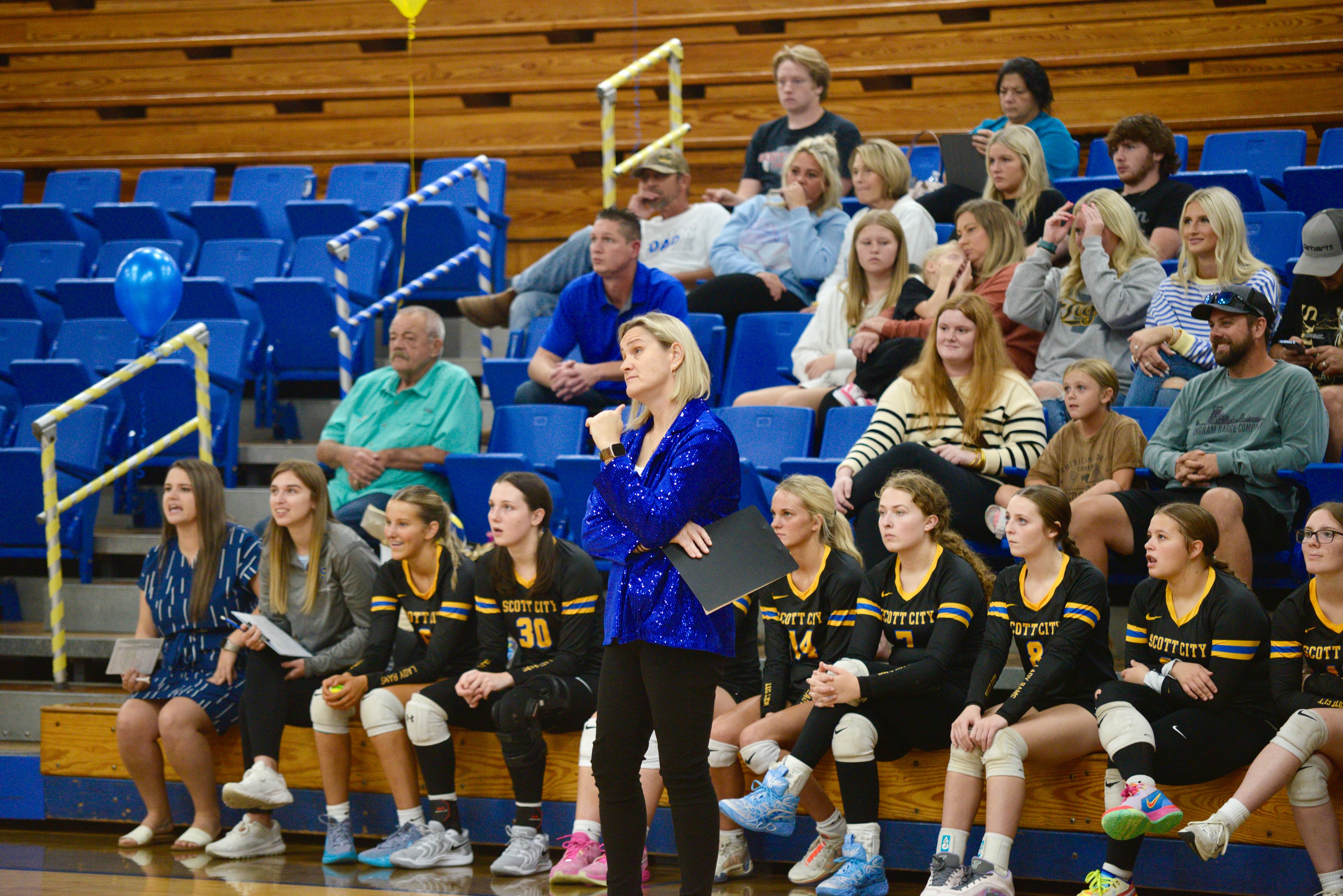Meet me in St. Louis- Last reunion for old Brownies?
ST. LOUIS -- Every spring in recent years, the old baseball players hear the same refrain: This is the last reunion for the St. Louis Browns. "That's what they say," said 75-year-old first baseman Roy Sievers. "But didn't they say that a few years ago, too?"...
ST. LOUIS -- Every spring in recent years, the old baseball players hear the same refrain: This is the last reunion for the St. Louis Browns.
"That's what they say," said 75-year-old first baseman Roy Sievers. "But didn't they say that a few years ago, too?"
The Browns' newsletter in 1999 referred to that year's reunion as the "last call."
This time, organizers insist, they're serious.
It's been 100 years since the franchise was founded in 1902, and 49 years since the team departed for Baltimore and became the Orioles.
Plus, the list of attendees is dwindling every year.
This year, the roster for the annual banquet numbered only 13 players stretching from Bob Poser (1935) to outfielder Don Lenhardt and first basemen Sievers and Ed Mickelson of the last team in 1953. There will be 14 if you count St. Louis Cardinals Hall of Famer Stan Musial, who has attended a few of the reunions of his one-time cross-town neighbors.
"You can see there isn't a young Brownie in this bunch," said 76-year-old Ned Garver, a 20-game winner in 1951, as he surveyed the scene at a St. Louis hotel on Thursday. "There's some dandies and I'm tickled to see them, but there comes a time where maybe that's the end of it."
Bill Borst, president of the St. Louis Browns fan club since 1984, still publishes Browns newsletters. But he's running out of ideas after devoting issues to a museum exhibit, a historical record and a Browns Hall of Fame.
"My brain is about tapped," Borst said. "Now it's getting kind of redundant. How many guys can you put in the Hall of Fame?"
Time marches on for all of them. Even for Erv Fischer, chairman of the annual banquet and president of the St. Louis Browns Historical Society.
"This is the last one because we've done it all," Fischer said. "I'm 77 years old and I'm kind of worn-out myself."
Try telling that to Don Gutteridge, who'll be 90 next month. He's one of four living members from the franchise's lone championship team in 1944, which lost in six games to the Cardinals in the only all-St. Louis World Series. He wouldn't miss these gatherings for the world.
"I'm living now," said Gutteridge, a former second baseman from Pittsburg, Kan. "I really love it. I'm old enough to know better, but I might as well have fun now."
The memories of the championship season are startlingly fresh for Frank Mancuso, a rookie catcher on the '44 team, whose pinch hit in Game 2 of the World Series forced extra innings.
"We do reminisce a lot, and it's fun," Mancuso said. "It seems to me like yesterday. I can remember going up to pinch hit in the World Series against Max Lanier like it's yesterday."
During their 52 years in St. Louis, the Browns were known mostly for being colorful losers. They finished in last place or next to last in the American League 26 times, ending in the upper half of the standings only 12 times.
In the 1930s, the Browns had a winning percentage of just .375.
Toward the end, owner Bill Veeck had to be inventive to draw crowds in a two-team baseball town. He sent a midget, Eddie Gaedel, to the plate as a pinch-hitter in 1951. He used a baseball clown, Max Patkin, as the first-base coach from time to time. He invented "Grandstand Manager's Night," in which the fans got a chance to participate in game strategy.
Garver was on the mound that night in 1951, and manager Zack Taylor sat in the stands next to the dugout.
"Mr. Veeck gave cards, 'Yes' or 'No,' to everybody that sat along the third-base line behind our dugout," Garver said. "He would put up a sign, 'Warm up the pitcher?' Well, in the first inning Philadelphia's got two runs in and a man on first and third and they said, 'No.'
"I thought I was going to be out there forever."
Garver pitched the first game of a doubleheader the night Gaedel made his cameo in Game 2. He didn't mind any of it.
"He made you feel like you were 10 feet tall," Garver said. "And it was always exciting."
Veeck needed lots of gimmicks. In the Browns' last seven years, they never won more than 64 games in a season, and they lost 100 or more three times. In 1953, they were 54-100, outfielder Vic Wertz was the big bat with 19 home runs and 70 RBIs, and no pitcher had more than eight wins.
"You knew something was going to happen because we weren't drawing too good and you just can't keep forking out money," Sievers said. "They weren't going to make it here, so Veeck did the right thing in selling the team."
The players who spent time in St. Louis can't forget it, nearly a half-century later. That's why every year, for 21 straight years, they have come back.
"It was the best time of my life," Garver said. "From a little farm boy in northwest Ohio to be able to pitch in the big leagues, the Browns gave me my chance. If it hadn't been for baseball, I'd have been milking cows."
Connect with the Southeast Missourian Newsroom:
For corrections to this story or other insights for the editor, click here. To submit a letter to the editor, click here. To learn about the Southeast Missourian’s AI Policy, click here.






